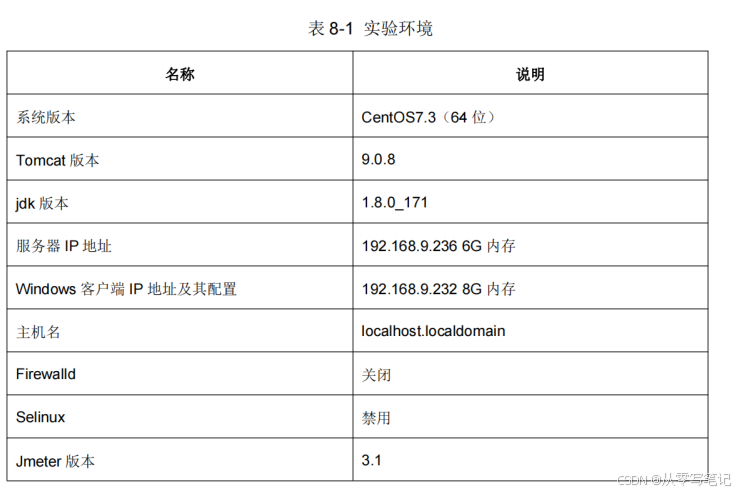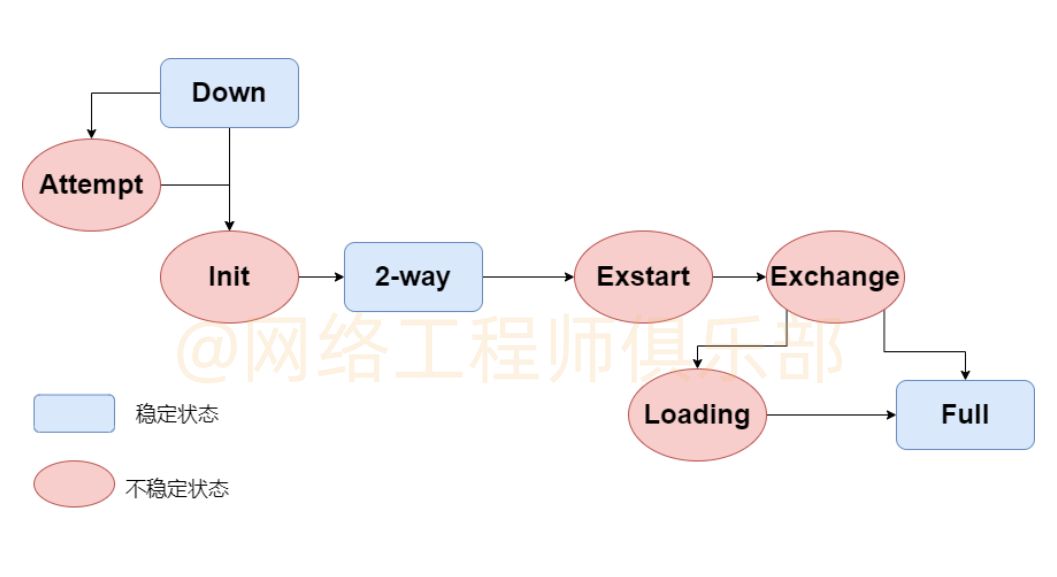GANs in Action: Augmenting Target Detection with Synthetic Data
In the realm of machine learning, the quest for more and better data is unending. This is especially true for tasks like target detection, where the diversity and volume of training data can significantly impact model performance. Generative Adversarial Networks (GANs) have emerged as a powerful ally in this quest, capable of generating synthetic yet realistic training data. This article delves into how GANs can be harnessed to enhance target detection models by generating additional training data.
Introduction to GANs
GANs are a class of artificial intelligence algorithms invented by Ian Goodfellow and his colleagues in 2014. They consist of two parts: the generator, which generates new data, and the discriminator, which evaluates the authenticity of the data. The two parts work together, with the generator trying to fool the discriminator, and the discriminator trying to correctly identify whether the data is real or generated.
The Role of GANs in Target Detection
In the context of target detection, GANs can be used to generate synthetic images that include the targets of interest. These synthetic images can then be used to augment the training dataset, thereby increasing its diversity and potentially improving the model’s ability to detect targets in a variety of conditions.
How GANs Generate Training Data
The process of using GANs to generate training data for target detection involves several steps:
Training the GAN: The GAN is first trained on a dataset of real images. The generator learns to create images that are similar to those in the training set, while the discriminator learns to distinguish between real and generated images.
Generating Synthetic Images: Once the GAN is trained, the generator can be used to create new images. These images can include targets that are not present in the original dataset, or they can simulate different lighting conditions, backgrounds, or target orientations.
Incorporating Generated Images into the Training Set: The generated images are then combined with the original training set. This expanded dataset is used to train the target detection model, which can now learn from a more diverse set of examples.
Implementing a Simple GAN in Python
Here is a simplified example of how a GAN might be implemented in Python using TensorFlow and Keras:
import tensorflow as tf
from tensorflow.keras import layers
# Define the generator model
def make_generator_model():
model = tf.keras.Sequential()
model.add(layers.Dense(7*7*256, use_bias=False, input_shape=(100,)))
model.add(layers.BatchNormalization())
model.add(layers.LeakyReLU())
model.add(layers.Reshape((7, 7, 256)))
model.add(layers.Conv2DTranspose(128, (5, 5), strides=(1, 1), padding='same', use_bias=False))
model.add(layers.BatchNormalization())
model.add(layers.LeakyReLU())
model.add(layers.Conv2DTranspose(64, (5, 5), strides=(2, 2), padding='same', use_bias=False))
model.add(layers.BatchNormalization())
model.add(layers.LeakyReLU())
model.add(layers.Conv2DTranspose(3, (5, 5), strides=(2, 2), padding='same', use_bias=False, activation='tanh'))
return model
# Define the discriminator model
def make_discriminator_model():
model = tf.keras.Sequential()
model.add(layers.Conv2D(64, (5, 5), strides=(2, 2), padding='same', input_shape=(28, 28, 3)))
model.add(layers.LeakyReLU())
model.add(layers.Dropout(0.3))
model.add(layers.Conv2D(128, (5, 5), strides=(2, 2), padding='same'))
model.add(layers.LeakyReLU())
model.add(layers.Dropout(0.3))
model.add(layers.Flatten())
model.add(layers.Dense(1))
return model
# Instantiate the models
generator = make_generator_model()
discriminator = make_discriminator_model()
# Compile the discriminator model
discriminator.compile(loss='binary_crossentropy', optimizer=tf.keras.optimizers.Adam(0.0002, 0.5))
# For the combined model, we'll use the Adam optimizer with a learning rate of 0.0002 and beta_1 = 0.5
optimizer = tf.keras.optimizers.Adam(0.0002, 0.5)
# Define the loss function and the metrics
cross_entropy = tf.keras.losses.BinaryCrossentropy(from_logits=True)
accuracy = tf.keras.metrics.BinaryAccuracy()
# Define the training loop
@tf.function
def train_step(images):
noise = tf.random.normal([images.shape[0], 100])
with tf.GradientTape() as gen_tape, tf.GradientTape() as disc_tape:
generated_images = generator(noise, training=True)
real_output = discriminator(images, training=True)
fake_output = discriminator(generated_images, training=True)
gen_loss = generator_loss(fake_output)
disc_loss = discriminator_loss(real_output, fake_output)
gradients_of_generator = gen_tape.gradient(gen_loss, generator.trainable_variables)
gradients_of_discriminator = disc_tape.gradient(disc_loss, discriminator.trainable_variables)
optimizer.apply_gradients(zip(gradients_of_generator, generator.trainable_variables))
optimizer.apply_gradients(zip(gradients_of_discriminator, discriminator.trainable_variables))
Conclusion
The use of GANs for generating synthetic training data is a promising approach to enhance target detection models. By creating diverse and realistic images, GANs can help models learn to detect targets under a variety of conditions that might be difficult or expensive to capture in real-world scenarios.
This article has provided an overview of how GANs can be used in this context, along with a simple example of implementing a GAN in Python. As the field of AI continues to evolve, the creative application of technologies like GANs will play a crucial role in solving complex problems in computer vision and beyond.

































